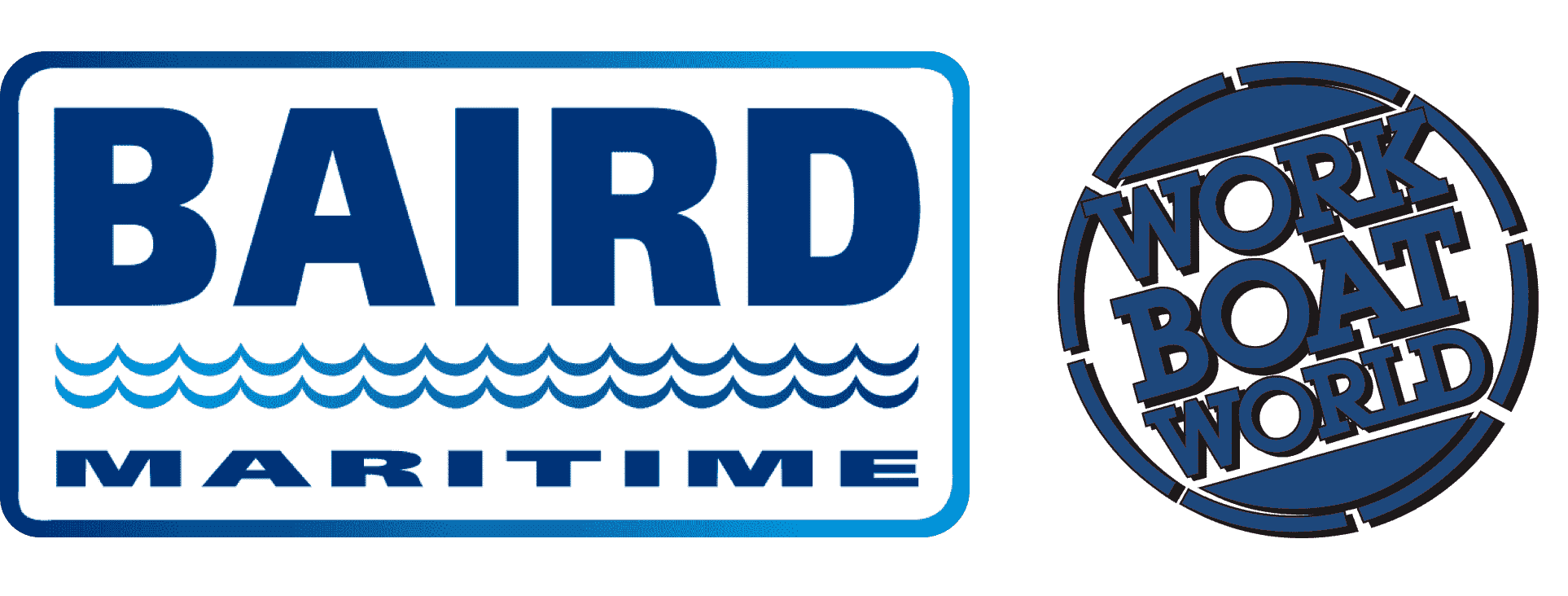VESSEL REVIEW | Capt. Mark Delesdernier Jr. – LeBeouf Brothers Towing welcomes new river pusher to fleet
Bourg, Louisiana-based LeBeouf Brothers Towing recently took delivery of a new push tug.
Capt. Mark Delesdernier Jr. was designed by Farrell and Norton Naval Architects of Maine and built by Steiner Shipyard at its Bayou La Batre facilities in Alabama.
The tug's namesake, 88-year-old Mark Delesdernier Jr, is a long-time Mississippi River pilot who had also served as President of the Crescent River Port Pilots’ Association and Chairman of the Board of the Port of New Orleans.
“The tug is a twin-screw vessel with Harrington nozzles,” Tom Farrell, Naval Architect at Farrell and Norton, told Baird Maritime.
Improved performance for heavy duty inland towing
Capt. Mark Delesdernier Jr. has a length of 120 feet (37 metres), a beam of 34 feet (10 metres), a draught of nine feet (2.7 metres), a depth of 11 feet (3.4 metres), and accommodation for up to eight crewmembers.
“From a design perspective, the operation of the vessel in terms of thrust and bollard pull were the more important qualities the owner was looking for,” said Farrell.
The selected propulsion arrangement includes two Cummins QSK-50M diesel engines that each produce 1,800 hp (1,300 kW) at 1,800 rpm and that drive Hung Shen nozzle-housed, four-bladed 88-inch by 91-inch (mm by mm) propellers via Reintjes WAF773 7:1 gearboxes.
According to Farrell, the biggest challenges in designing the vessel were related to the integration of the nozzles into the hull and developing a clean waterflow into them.
Full electronics and deck equipment suite
The onboard systems meanwhile draw electrical power from two Cummins QSB7-DM 125kW generators.
The electronics were supplied by Wheelhouse Electronics. These include radars, depth sounders and an AIS from Furuno and an alarm system from Unlimited Control and Supply.
“The deck winches are Patterson 65-ton electric winches and there is also a 10-ton Patterson capstan,” Farrell told Baird Maritime.
Tank capacities are 60,000 gallons (230,000 litres), 27,000 gallons (102,000 litres) and 2,600 gallons (9,800 litres) for fuel, freshwater and lube oil, respectively.


